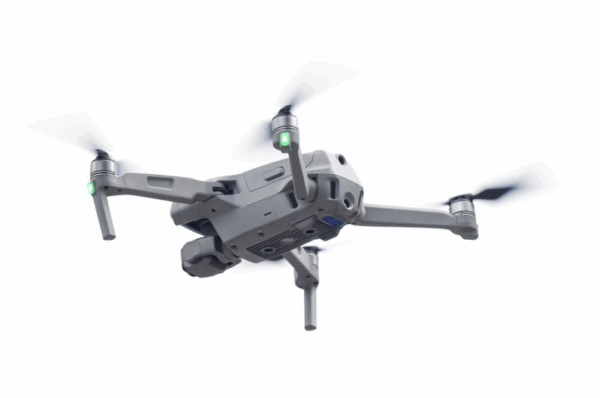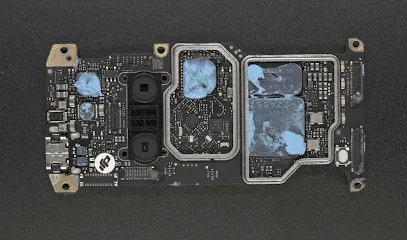Thermal Management of Drones and eVTOL Batteries

The Drones and eVTOL (electric take-off and landing) industries have experienced significant growth over the past decade, driven by advancements in technology and increasing applications across various sectors, including military, agriculture, logistics, surveillance, and entertainment. These advancements have led to improved performance and safety of Drones and eVTOLs, including the critical battery systems that power these aerial vehicles.
Managing batteries’ thermal characteristics is crucial in ensuring their efficiency, longevity, and safety.

Importance of Thermal Management
Batteries used in Drones & eVTOLs, particularly lithium-ion batteries, are susceptible to temperature fluctuations. High temperatures can lead to accelerated degradation of battery cells, reduced capacity, and even catastrophic failures such as thermal runaway, which can result in fires or explosions. Conversely, low temperatures can lead to decreased battery performance and reduced flight times.
Effective thermal management ensures that batteries operate within an optimal temperature range, typically between 20°C to 30°C. Maintaining this range is essential for:
Safety: Preventing overheating and potential hazards associated with battery failure
Performance: Enhancing power output and efficiency during operations
Longevity: Extending the battery’s lifespan and reducing operational costs associated with replacements
Thermal Management Techniques
Various techniques are employed to manage the thermal characteristics of UAV batteries, including passive, active, and hybrid methods.
Passive Cooling: This method utilizes materials and designs that facilitate heat dissipation without requiring external power. Examples include aluminum casings and thermal interface materials that enhance heat conduction.
Advantages: Low cost, low energy consumption, and minimal complexity
Disadvantages: Limited effectiveness in high-temperature environments and under heavy loads
Active Cooling: Active cooling systems utilize fans, pumps, or other mechanical devices to enhance heat dissipation. This method may involve liquid cooling systems or forced air cooling.
Advantages: More effective at maintaining optimal temperatures, especially in high demand scenarios
Disadvantages: Increased energy consumption and potential mechanical failure points
Hybrid Systems: By combining passive and active cooling methods, hybrid systems aim to optimize thermal management by leveraging the strengths of both approaches.
Advantages: Improved thermal performance and flexibility in various operational conditions
Disadvantages: Complexity and higher initial costs
Battery-Powered Drones and eVTOLs
Battery-powered Drones and eVTOLs have unique requirements to ensure that the batteries used in these vehicles perform to their highest capabilities yet do not pose a safety hazard to passengers or equipment. The biggest issue when dealing with aviation batteries has to do with heat. Charging, discharging, or even normal flight operations can produce heat in amounts that will cause hot spots in the cells. This uneven distribution of heat results in the shortening of useful cell lifetime or, in extreme cases, can lead to a cascading failure where every cell in a module catches fire in a thermal propagation event, also known as thermal runaway.
 中文
中文



.png) Search
Search


 >
>  Return to List
Return to List